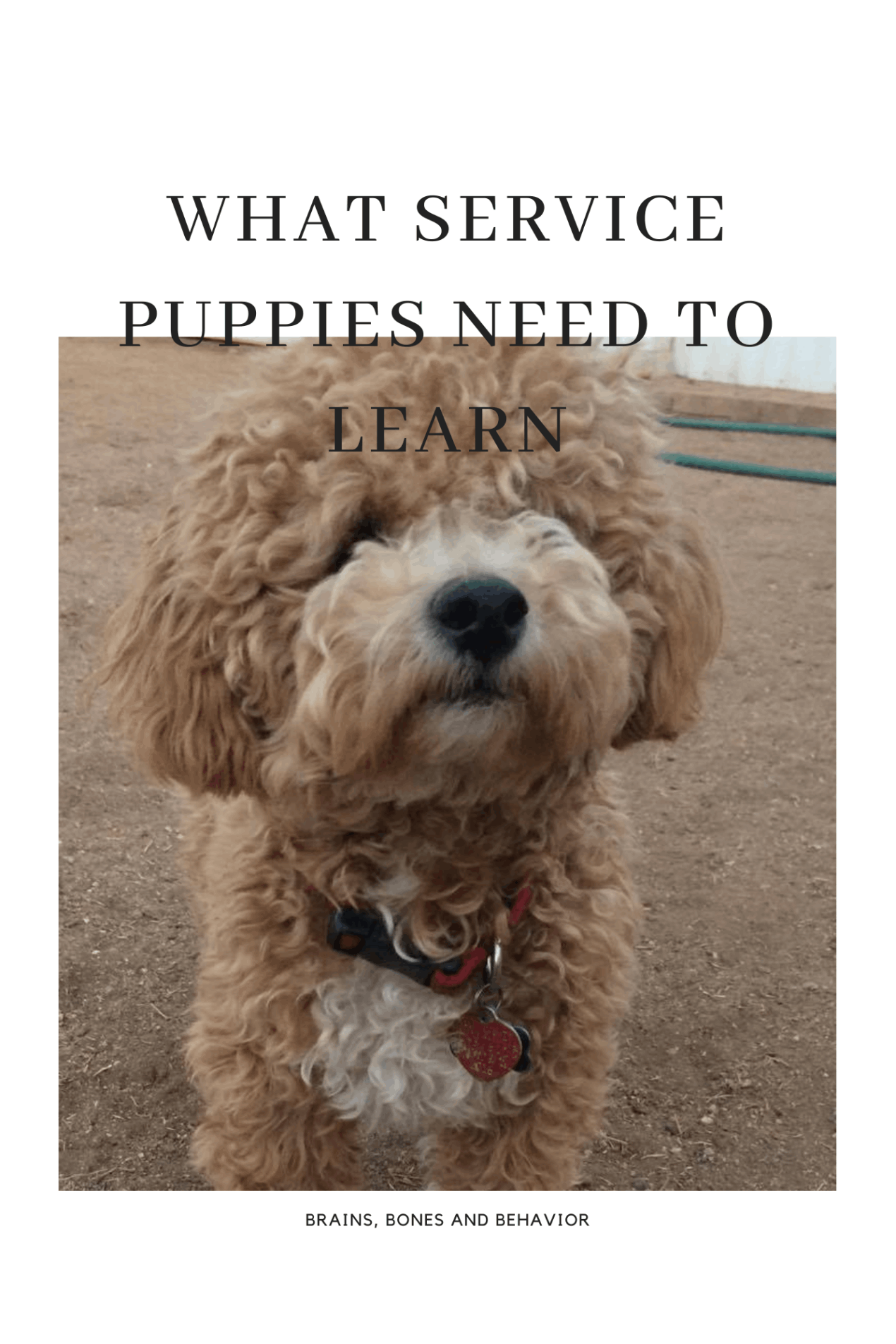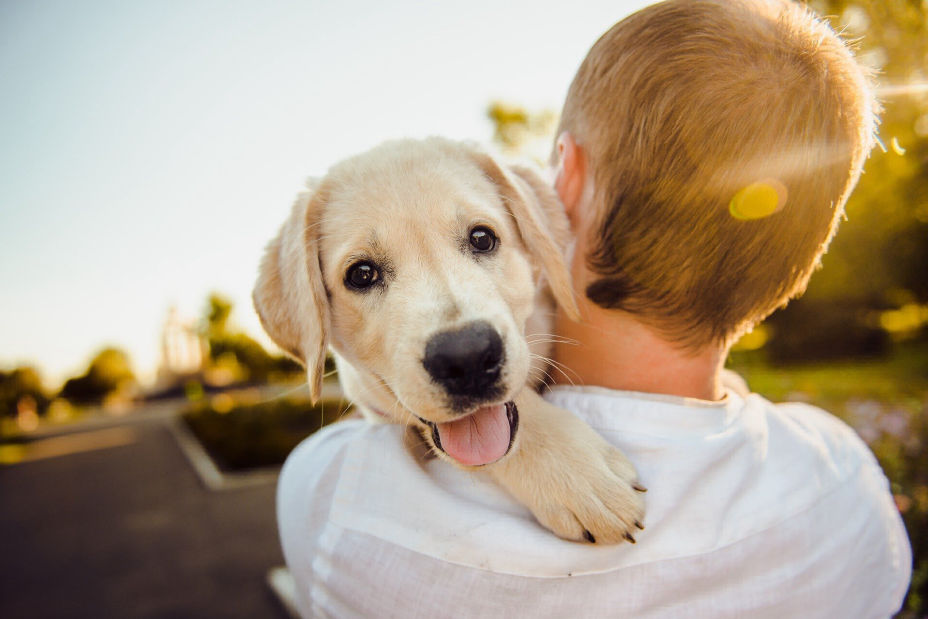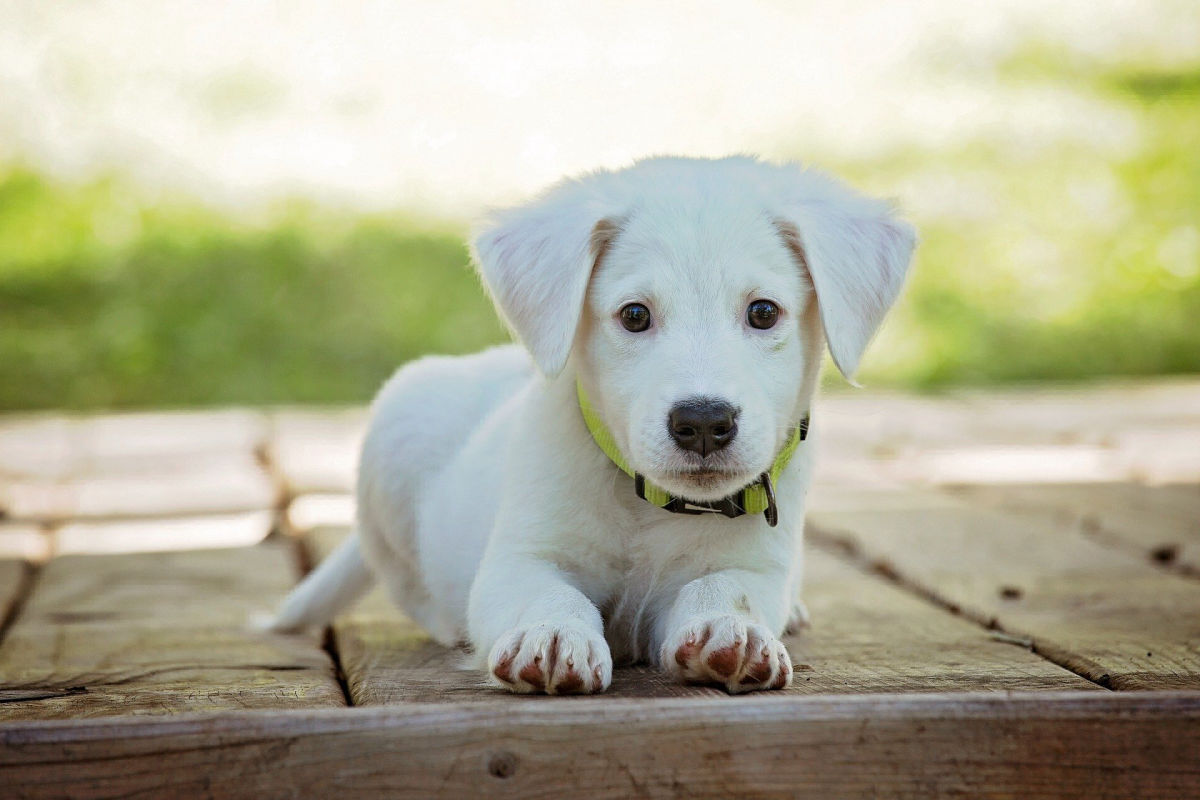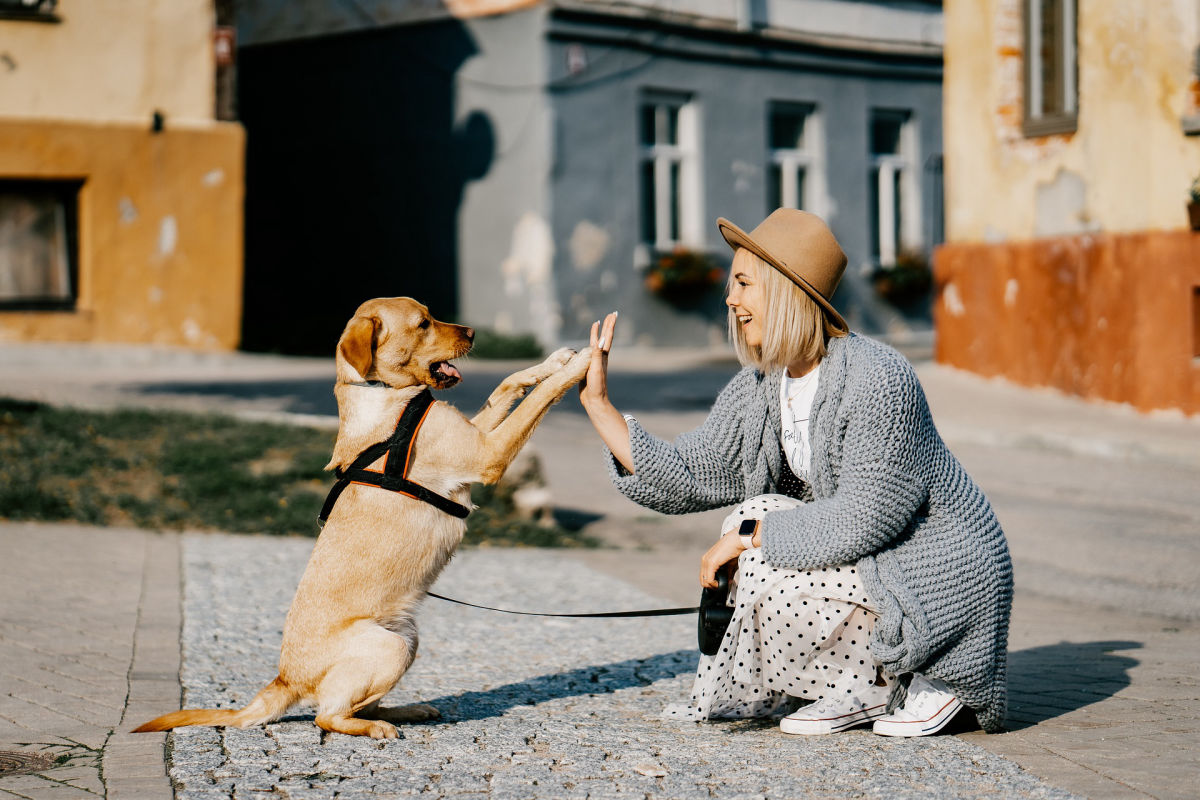
Raising a Service Puppy
When you raise a puppy to be a service dog, you are ensuring that the puppy grows up prepared for the work that is necessary.
For years, puppies have been raised as service dogs for the blind. But today, puppies are raised to assist the deaf, injured military veterans, children with autism and people with disabilities of all kinds, according to the American Disabilities Act.
Raising a service dog requires you to spend time socializing and training the dog for the first 12 to 18 months of his life. The goal of this training is to raise a puppy who can bring a higher quality of life to his disabled owner.
You will be receiving two books or one class when you select one choice below. The books are "What Service Puppies Need To Know" and "Raising A Service Puppy"



